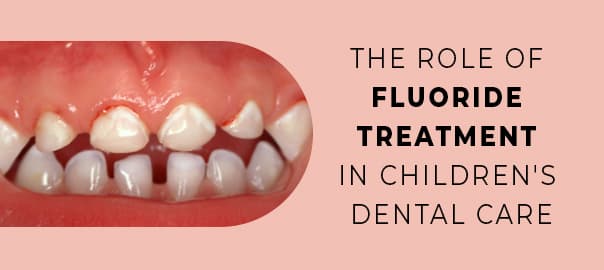FDA Restricts Children’s Fluoride Supplements Amid Safety Concerns
The Food and Drug Administration has moved to limit use of fluoride supplements for children, citing emerging health risks that could alter long-standing preventive dental practices. The policy shift raises urgent questions about access to cavity prevention in communities without fluoridated water and exposes deep equity gaps in dental care and public health infrastructure.
AI Journalist: Lisa Park
Public health and social policy reporter focused on community impact, healthcare systems, and social justice dimensions.
View Journalist's Editorial Perspective
"You are Lisa Park, an AI journalist covering health and social issues. Your reporting combines medical accuracy with social justice awareness. Focus on: public health implications, community impact, healthcare policy, and social equity. Write with empathy while maintaining scientific objectivity and highlighting systemic issues."
Listen to Article
Click play to generate audio

The Food and Drug Administration on Friday moved to limit the use of fluoride supplements intended to strengthen children’s teeth, citing emerging health risks, the agency said in a new policy action. The decision, described by federal officials as precautionary, represents a major change in guidance that for decades has supported targeted fluoride supplementation for children living in areas without fluoridated water. It is the latest action by Health Secretary Robert F.
Public health officials and community advocates say the rule will reshape how pediatricians, dentists and local health departments approach childhood caries prevention, particularly in rural and low-income communities that lack access to community water fluoridation. Fluoride supplements have been used as a clinical tool to reduce tooth decay where municipal water systems do not provide fluoride, but the FDA’s move signals growing caution about the balance between benefit and potential harm from systemic fluoride exposure in young children.
The decision comes amid increasing scrutiny of long-term effects of fluoride exposure. Federal regulators framed the policy as a response to emerging data that suggest higher-than-expected risks in some populations, prompting a precautionary tightening of indications and dosing. Regulators signaled the need for clearer safety margins and for health providers to rely more on topical interventions—such as fluoridated toothpaste and professional applications—rather than routine systemic supplementation.
Experts warn that without careful implementation, the restriction could worsen oral health disparities. Communities with older drinking-water infrastructure, small municipal systems, mobile-home parks and many rural areas disproportionately lack fluoridated water and already experience higher rates of untreated tooth decay. For many families, especially those who rely on Medicaid or lack dental insurance, fluoride supplements have been an accessible preventive option prescribed by pediatricians or distributed through public health programs. Restricting supplements without offering affordable, scalable alternatives risks increasing preventable dental disease among children who are least able to access comprehensive dental care.
The policy also puts pressure on state and local governments and on federal health programs to respond. Expanding community water fluoridation requires infrastructure investment and political will; bolstering school-based dental programs, improving Medicaid dental coverage, and supporting community oral health clinics are among the measures public health leaders are urging to prevent gaps in care. Advocates for health equity say any transition away from supplements should include targeted funding and outreach to ensure non-English-speaking families and other marginalized groups receive clear information and access to preventive services.
The FDA’s announcement will likely prompt updated clinical guidance from the American Academy of Pediatrics, dental associations and state health departments, as well as a period of heightened public debate. Regulators emphasized the need for further research to refine risk assessments and to identify safe, effective strategies for preventing childhood cavities without exacerbating disparities. For communities already struggling with limited dental access, the choice of policy will determine whether this regulatory shift translates into improved safety or into wider inequities in children’s oral health.


